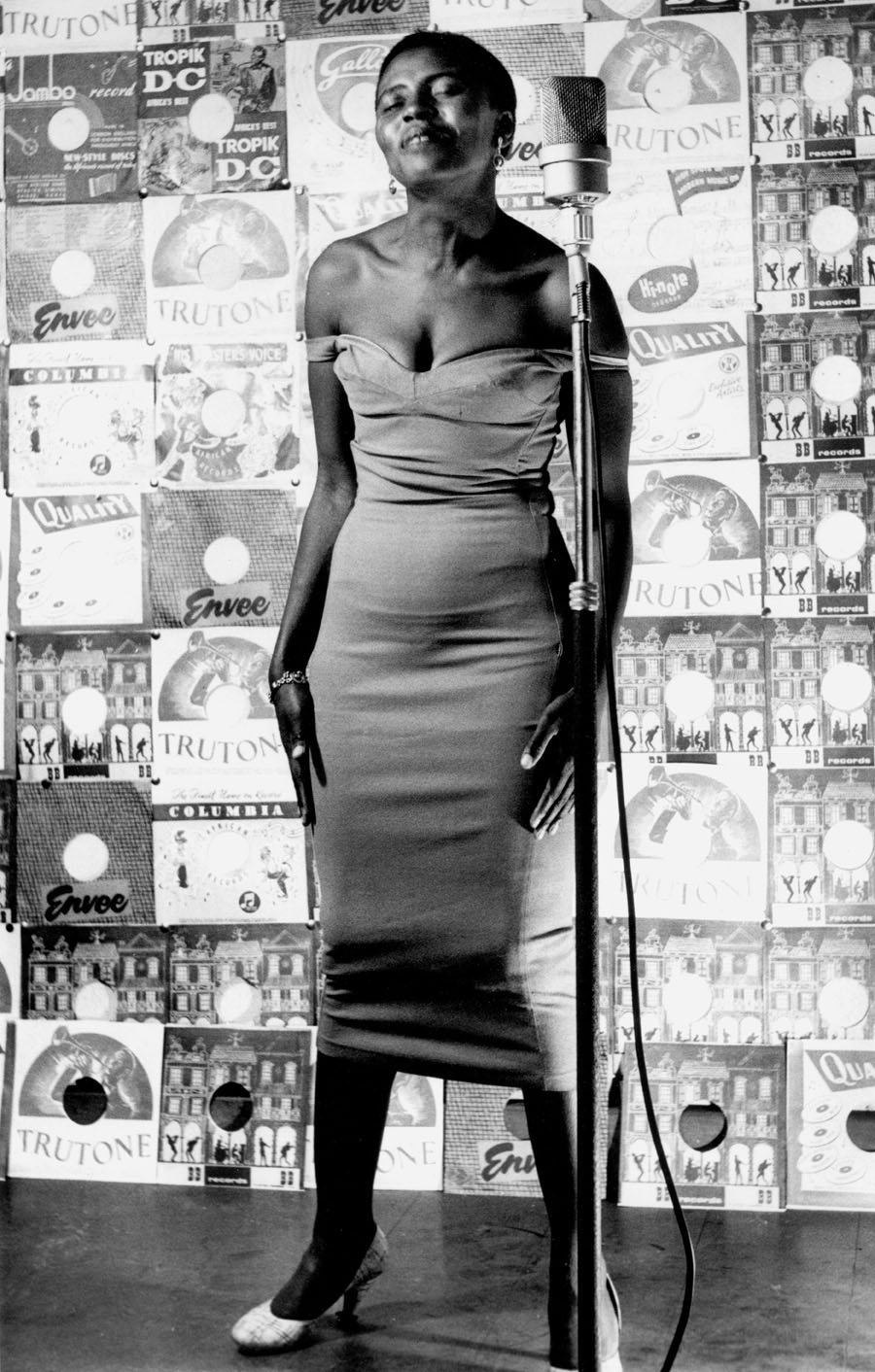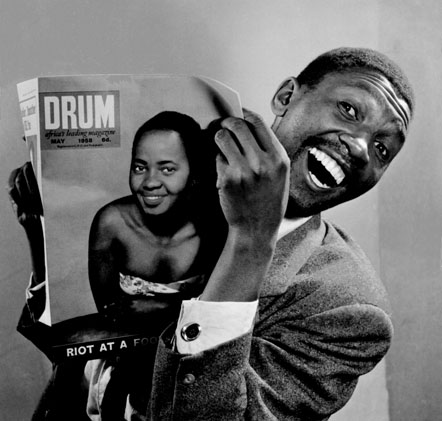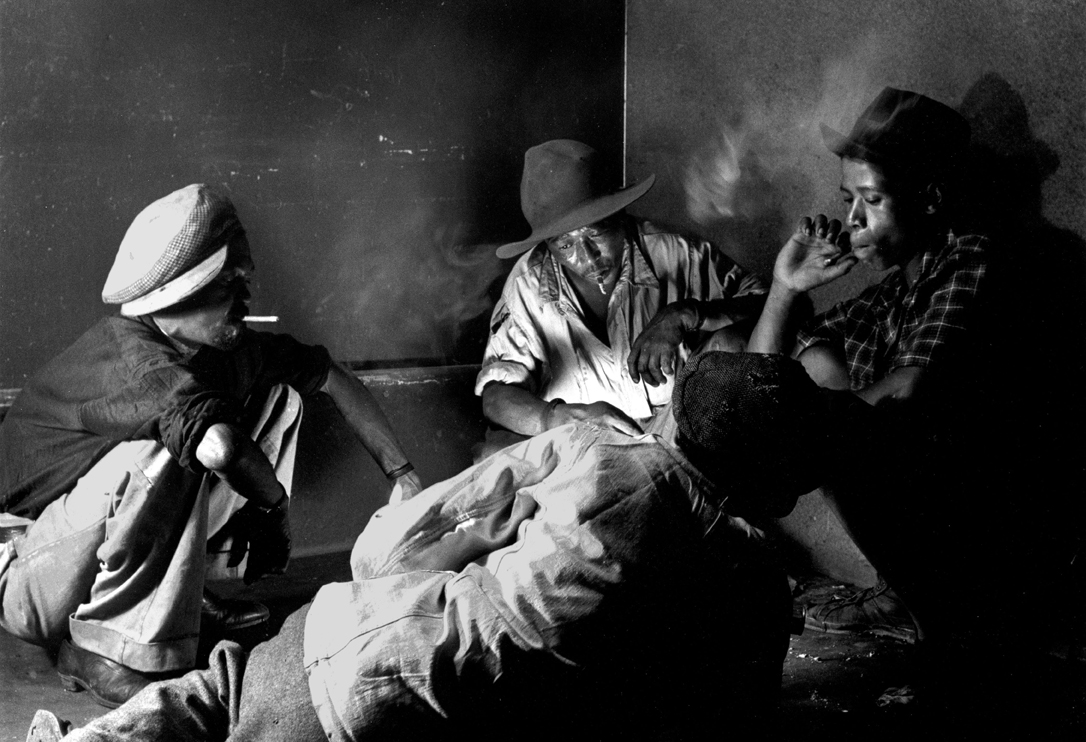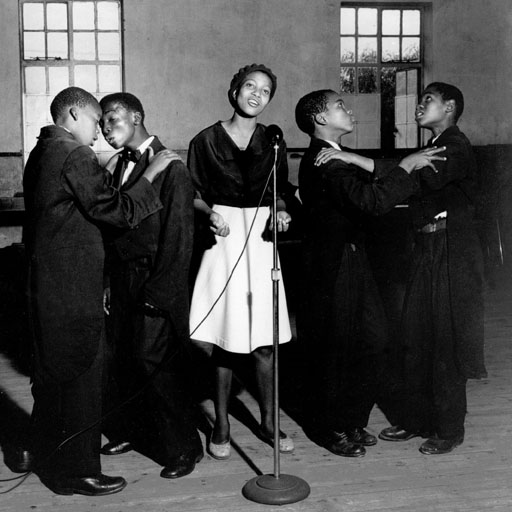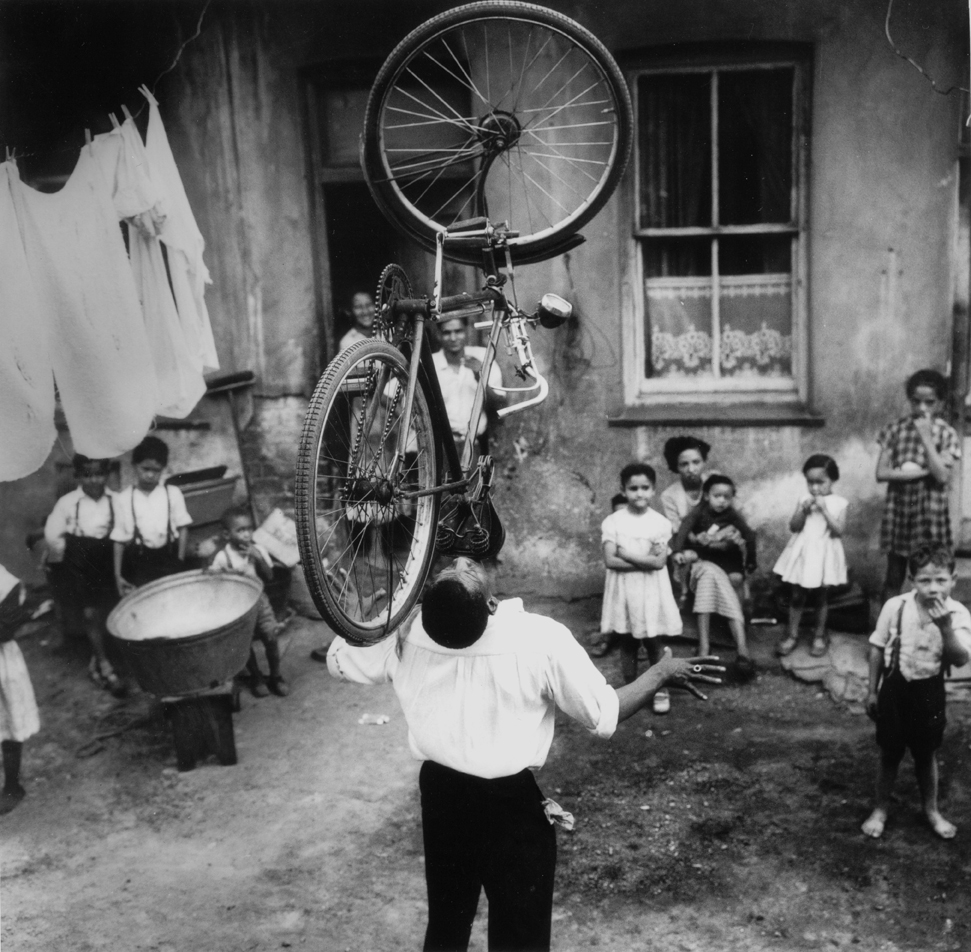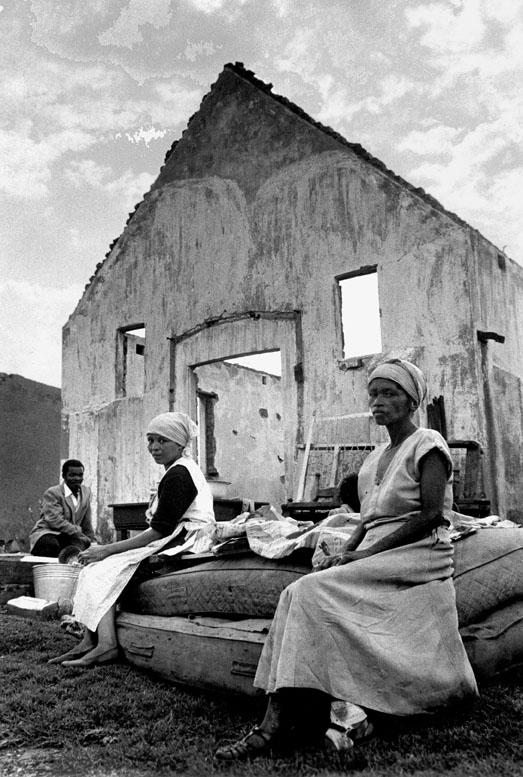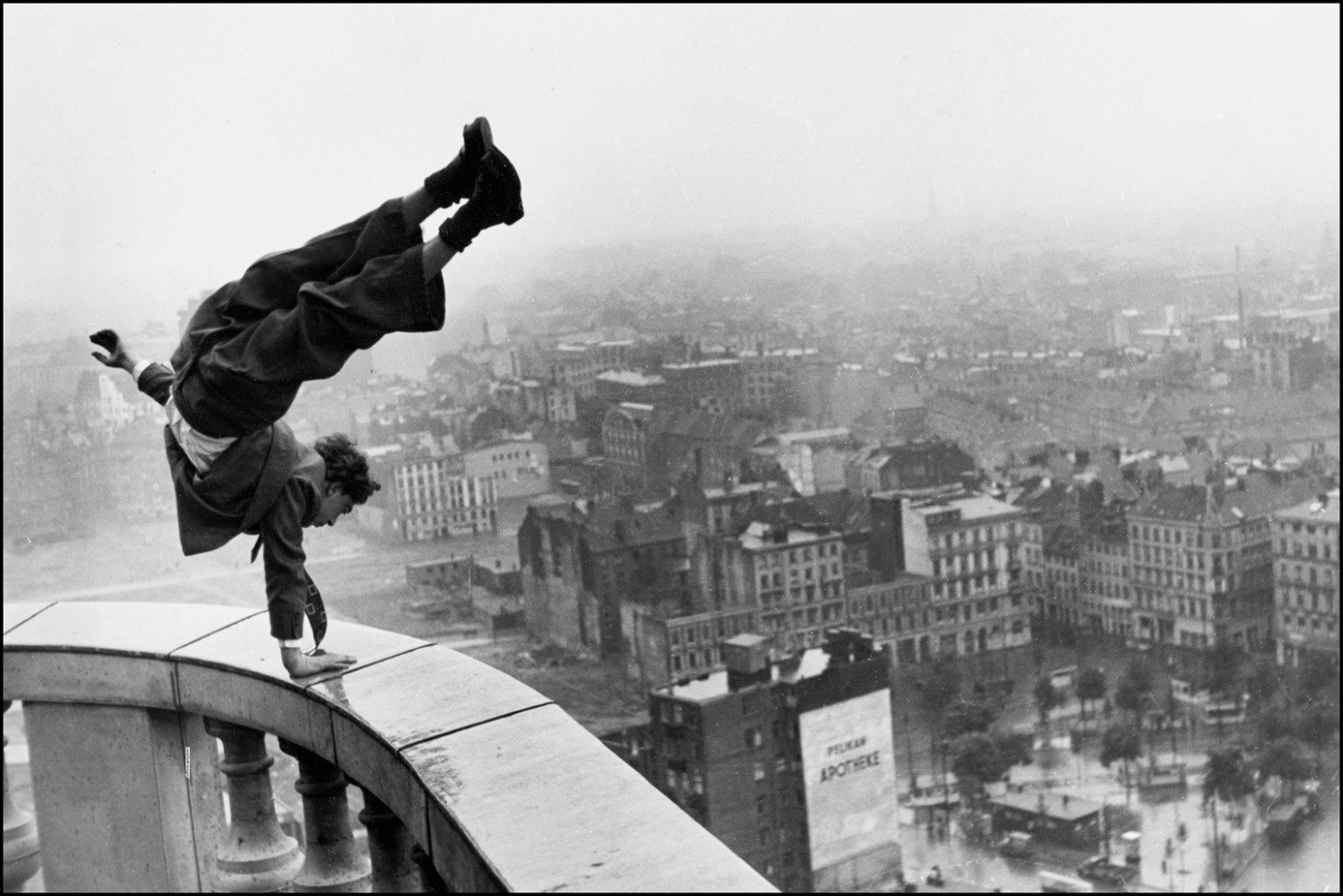Jürgen Schadeberg
24.07.24 > 28.09.24
Jürgen Schadeberg
Icon of South African Photography
Bonne Espérance Gallery presents a selection of the most famous works by an icon of South African photography, Jürgen Schadeberg (1931-2020).
The artist was born in Berlin and grew up under the Nazi regime. His actress mother married a British soldier during the war and the family emigrated to South Africa. Schadeberg arrived in South Africa at the age of 18 and found a job as the photographer for Drum Magazine, at the time the only publication for black South Africans. The artist went on to take some of the most iconic photos in South African history.
Schadeberg arrived in South Africa in 1950, a pivotal time in the country’s history. This was the beginning of apartheid, and the beginning of opposition to apartheid. Schadeberg documented the violence of the apartheid regime and the growing unrest in the country.
The 1950s also represented a blossoming of black culture in South Africa, in particular the emergence of the distinctive style of South African jazz. Working for Drum Magazine, Schadeberg photographed the vibrant jazz scene of Sophiatown, a rare multi-racial neighbourhood in Johannesburg where, in many ways, South African jazz was born. UNESCO described Schadeberg’s jazz photos from this era as “a rich and authentic photographic series that has the value of a historical document.”
While many of Schadeberg’s photos documented the cataclysmic political events of the 1950s and the rise of South Africa’s jazz stars, most of the artist’s photos from this period documented the daily lives of ordinary South Africans of all races.
Works by Schadeberg are part of numerous museum collections around the world, including the Tate, The Victoria & Albert, the National Portrait Gallery London, the Art Institute of Chicago, the Maison Européene de la Photographie and others.
All photos exhibited by Bonne Espérance Gallery are silver hand-prints, developed by Mr Schadeberg himself.
